Similar to Yelp, Facebook is quickly becoming a directory for business. In recent years they started to cater to brands by creating business map listings, pages, reviews as well as upgrades to their advertising features.
Groups will continue to have a main parent page, but with Locations Manager, all your locations will also have “child” pages underneath the parent page. This allows for your “locations” to be a part of your main page…

Read more



